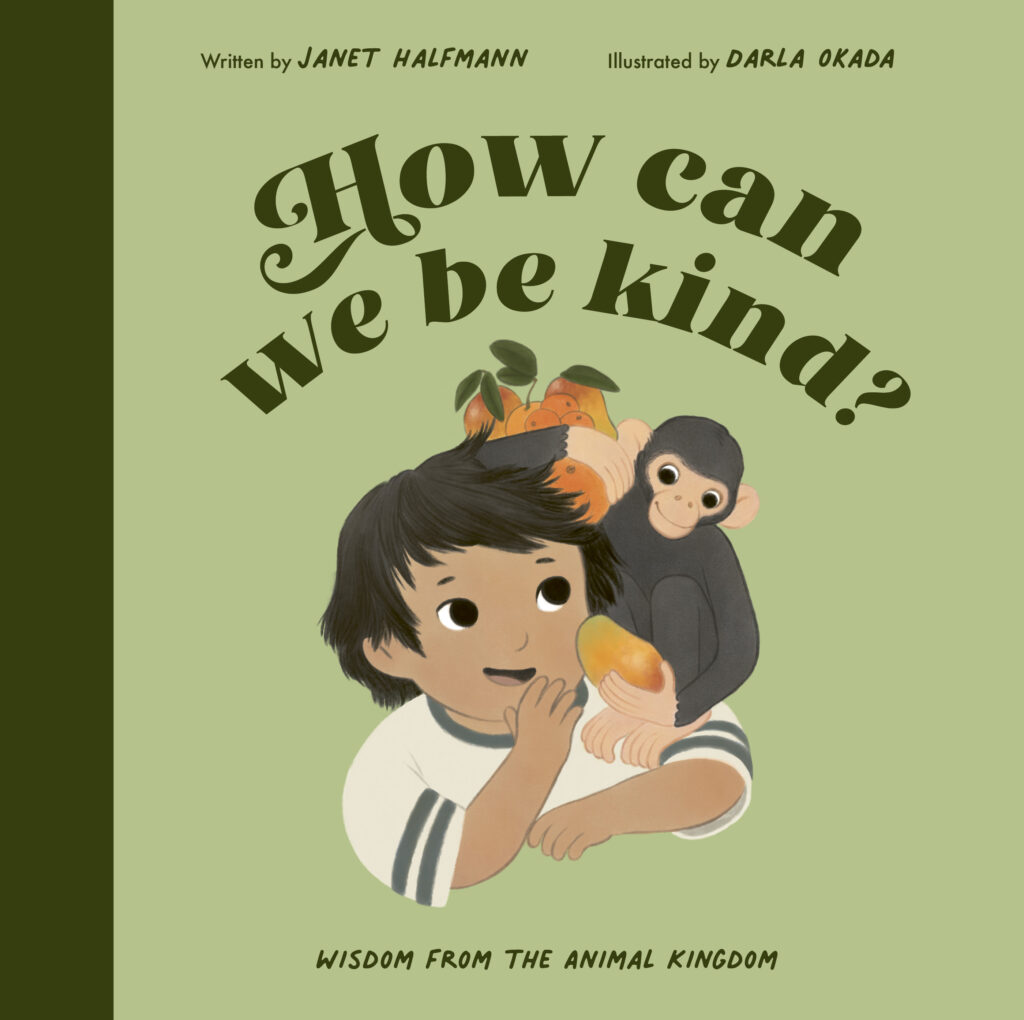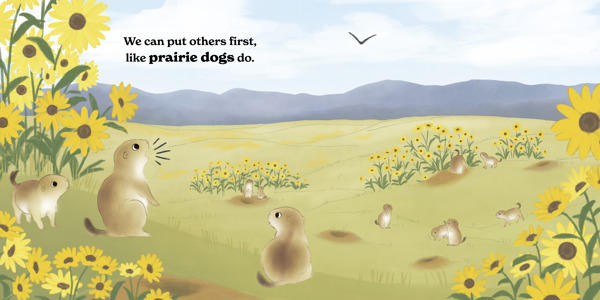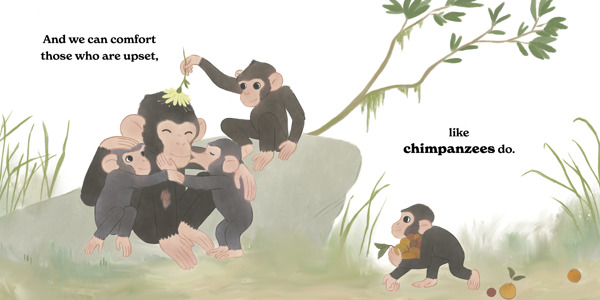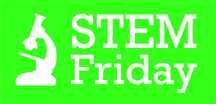Recently I caught a webinar featuring author Carrie Tillotson discussing her funny and fabulous picture book, Counting to Bananas: A Mostly Rhyming Fruit Book, illustrated by Estrela Lourenço.
(*Amazon Affiliate link- As an Amazon Associate I earn from qualifying purchases.)
During the talk, Carrie mentioned that she had heard that there isn’t as much of a market for metafictional picture books. Even though the banana in her book talks to the audience, she ignored that advice and submitted anyway. Obviously, someone thought metafiction would sell perfectly well because now she’s been asked to do a sequel.
I have to admit, however, a talking banana didn’t quite fit my mental picture of metafiction. I always considered it to be a writing about a book within a book, or a talking about or making a movie within a movie. A banana talking to the audience would be “breaking the fourth wall.” Is that metafiction, too? Time to do some research!
What is metafiction?
Turns out that metafiction is any art that refers to itself as an artificial construct (as fiction). Characters talking to the reader or changing the path of the work is one way to do that. A book within a book is another way.
Darcy Pattison has a whole list of the ways picture books may be metafiction.
In There Are Cats In This Book by Viviane Schwarz, both the cat characters and the narrator break the fourth wall and talk to the reader. It is classic metafiction.

What about nonfiction? Can you use metafiction techniques and still call a book nonfiction?
Because by definition using this technique calls attention to the fact the work is fiction, this can raise some difficulties. Let’s see how some authors have handled it.
1. In No Monkeys, No Chocolate, by Melissa Stewart, Allen Young and illustrated by Nicole Wong (previous review) has a straight nonfiction main text, but two cartoon “bookworms” give a running side commentary throughout the book.
Consensus? Most people would probably still call this nonfiction, or possibly creative nonfiction.
2. In both Redwoods and Coral Reefs (review at Growing with Science) by Jason Chin, a child reads a nonfiction book, but gets pulled into a fictional, imaginative setting. This is the “book within a book” sort of metafiction, although Darcy Pattison also calls it a “disruption of time and space.”
Consensus? Most people would probably call this informational fiction.
3. Flower Talk: How Plants Use Color to Communicate by Sara Levine and illustrated by Masha D’yans (previous review at Growing With Science) features a cranky purple cactus narrator talking directly to the reader.
Consensus? The fictional talking cactus narrator is so integral to the story that this one is also informational fiction.
Some people like their nonfiction pure and unadulterated, but more and more books are tugging at those boundaries.
What do you think? Have you read any good examples of metafiction picture books lately?













